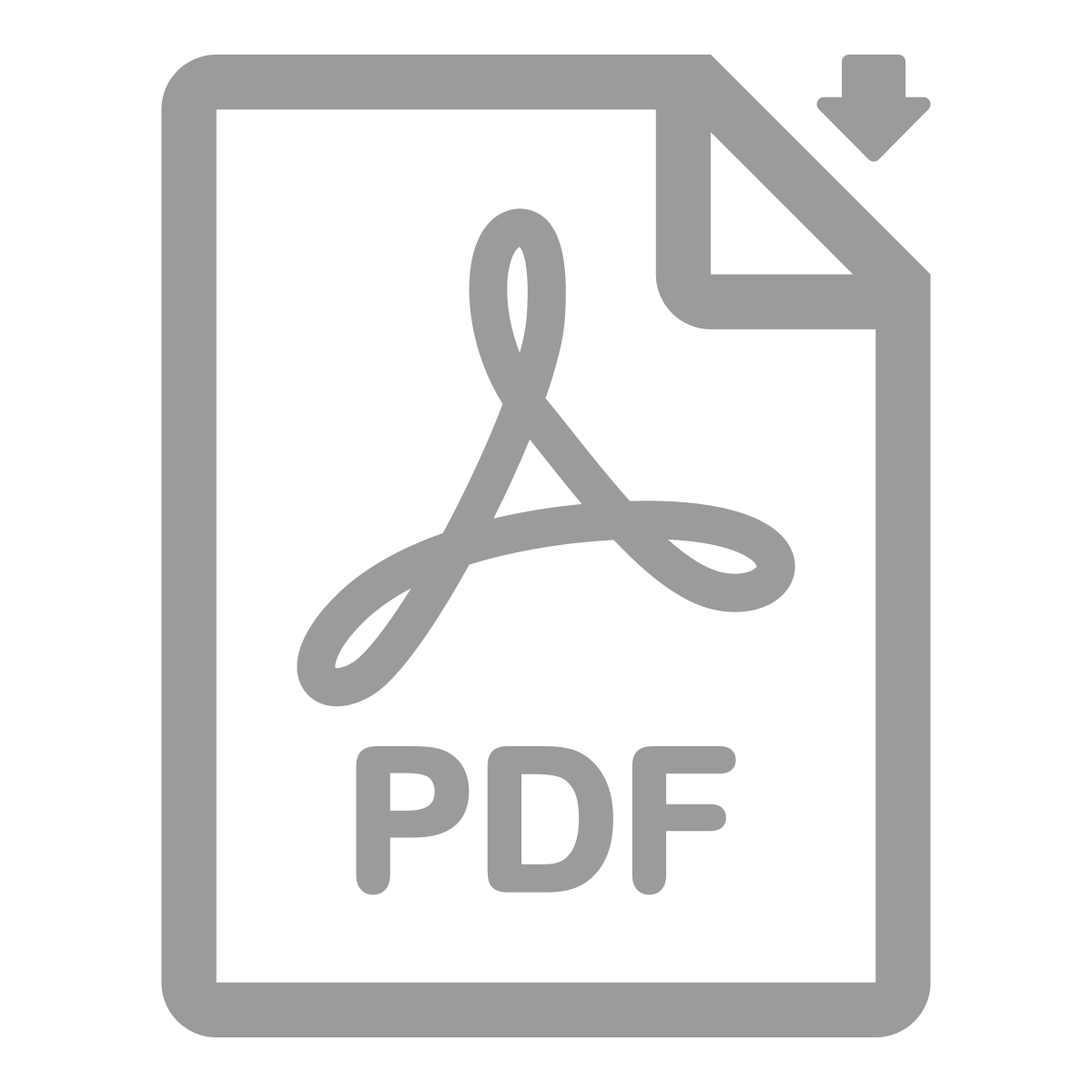Nemolizumab (Nemluvio, Galderma) is U.S. Food and Drug Administration (FDA) approved to treat atopic dermatitis (AD) and prurigo nodularis (PN), but the interleukin-31 (IL-31) blocker’s anti-pruritic effects may benefit a much larger group of patients with itch.
In a case series of patients with more than 20 types of skin diseases associated with pruritus or burning who were treated with nemolizumab, just two conditions did not respond as favorably to nemolizumab: a case of notalgia paresthetica (no response) and a case of acquired cutaneous brachioradial pruritus.
Itcy and burning skin conditions in the new study included:
Atopic Dermatitis
Nummular Dermatitis
Hand Dermatitis
Dermatographia/Urticaria
Cutaneous Mastocytosis
Neuropathic Itch
Subacute Prurigo
Immunologic Eruptions of Aging
Lymphoma/ Leukemia
Scrotal Pruritus
Vulvar/ Anal Pruritus
Acquired Cutaneous Brachioradial Pruritus
Notalgia Paresthetica
Scabies
Post-scabetic Id Hypersensitivity
Lichen Amyloidosis
Pernio
Granulomatous Dermatitis
Burning
Neuropathic Skin Pain
Burning Mouth Syndrome
Neurogenic Rosacea
Erythromelalgia
All patients received an initial 60mg dose of nemolizumab, followed by 30 or 60mg monthly. Fourteen percent of patients continued systemic immunomodulatory therapy and added nemolizumab to control their pruritus/burning.
The findings make sense as IL-31 is often referred to as the ‘itch’ cytokine.
“Nemolizumab really does seem to work very well across a broad spectrum of itch, far beyond its two current indications,” says study author Peter Lio, MD, a Clinical Assistant Professor of Dermatology and Pediatrics at Northwestern University Feinberg School of Medicine and a partner at Medical Dermatology Associates of Chicago in Chicago, IL.
Notably, an individual with recalcitrant neuropathic pruritus for two years who had not responded to 30 different topical and systemic agents had complete resolution in 10 days of starting nemolizumab.
Most patients reported no side effects with nemolizumab. One patient with recalcitrant mycosis fungoides developed facial swelling and erythroderma thought to be related to the discontinuation of abrocitinib (Cibinqo, Pfizer); however, she no longer experienced pruritus or skin pain.
All three patients with leukemia/lymphoma and itch responded to nemolizumab, which raises some concerns, Dr. Lio says. “Because it is so powerful against itch, it has the potential to mask more concerning underlying causes, such as in the case of paraneoplastic itch. Therefore, in cases of unexplained itch, even when responding favorably to nemolizumab, it is important to continue to seek an underlying cause and to exclude malignancy.”
For suspected immunodeficiency and leukemia, consider complete blood count with manual differential and total immunoglobulins (IgG/IgA/IgM). Diagnostic tests for lymphoma can include a skin biopsy of primary skin lesions with T-cell gene rearrangement. If Hodgkin’s lymphoma is suspected, order a Chest X-Ray, the researchers suggest.
The limitations of this study included a limited number of participants with each skin condition and a variable and relatively short (average 73-day) follow-up period.
The findings will appear in the Journal of the American Academy of Dermatology.


